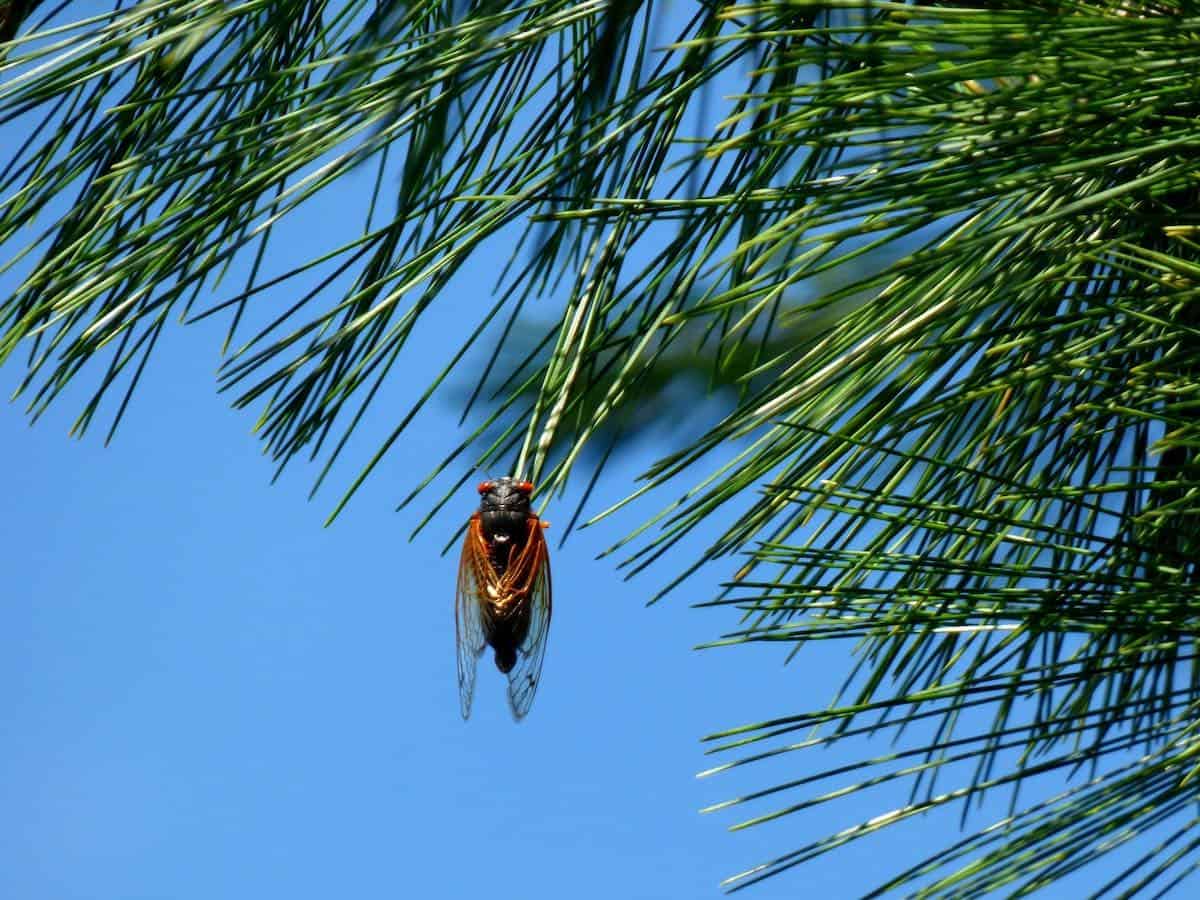Prepare Your Yard for the Upcoming Cicada Swarm
Posted on April 22, 2021

[vc_row row_type=”row” use_row_as_full_screen_section=”no” type=”full_width” text_align=”left” background_animation=”none” css_animation=””][vc_column][vc_column_text]The cicadas are coming to Ann Arbor.
In an event that sounds like it was pulled from a horror movie, billions of Brood X cicadas are about to emerge from the ground for the first time in 17 years. For around six weeks, Ann Arbor will be overrun with these strange-looking insects, who will be making a racket as they mate and lay their eggs.
Despite their loud songs and general nuisance, cicada bites are not dangerous to humans or to property. It may not feel like it, but the event is sure to be the most exciting natural phenomenon of the last decade.
Unfortunately, there is a downside.
While cicadas are undoubtedly harmless to humans, they can cause serious damage to trees. Female bugs lay their eggs in slits which they carve into tree branches. While this can be beneficial to older, more established trees, it can be fatal for their younger counterparts.
When a cicada creates a slit in an undeveloped small tree it effectively girdles the tree, weakening branches and in many cases, killing it completely.
The good news is that we still have time to prepare.
How to Protect Your Trees From the Swarm
None of us wants to see budding trees damaged. Fortunately, with a little careful planning, we can limit the damage caused. We have compiled a list of expert tips about how to protect your landscape against the impending swarm.
- Don’t try to fend off cicadas with insecticides. Not only is this ineffective due to the sheer volume of cicadas expected, but you also risk poisoning other insects like honey bees and butterflies.
- Identify any trees on your property that could be at risk. Any hardwood tree under 12′ or planted within the last 5 years is vulnerable. Common hardwood species include fruit species, oak, ash, maple, and beech trees.
- Have your vulnerable trees wrapped. The only way to protect vulnerable young trees is to have them wrapped in mesh netting. The best material to use for this is agricultural netting, since it doesn’t block sunlight, but is tight enough to prevent cicadas from breaching it. It is essential that the wrapping completely encases the tree, particularly where it meets the ground. Any gaps increase the risk of cicadas entering and causing damage.
[/vc_column_text][/vc_column][/vc_row]

